It feels like this should be easier than it is, but I am having an issue with it. Here is what is asked:
Construct a NFA for the following language L = {ab,ba}*. So, I understand that I can have any combination of ab or ba in the string, but do I need a dead state if say I get two a's in a row, or does it just start over? Here are the two graphs that I have:


Are either of these correct? And since they are NFAs vs DFA do I need a lambda edge somewhere on here?
Edit:
Would this third one be correct because I need two final states?
